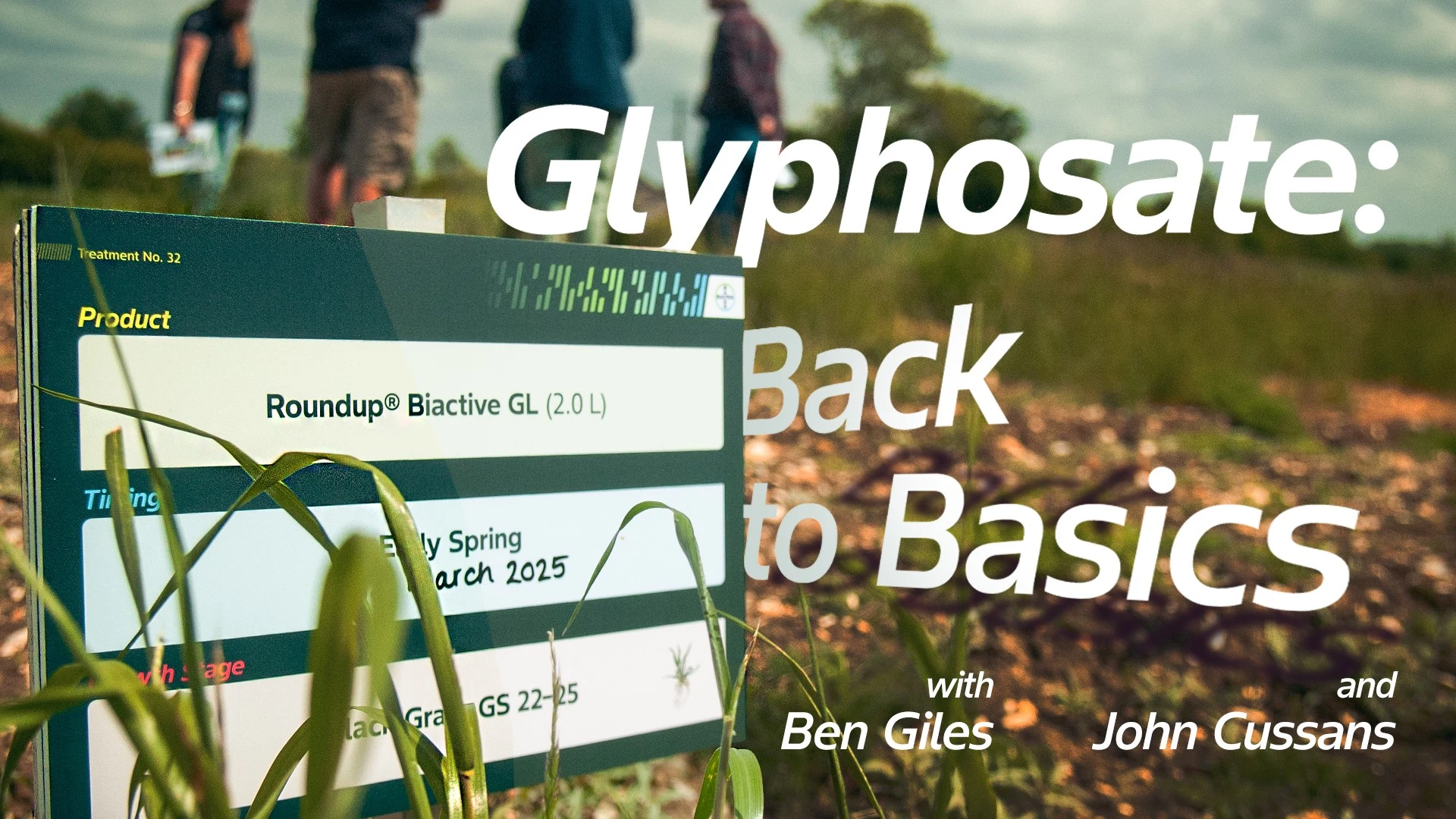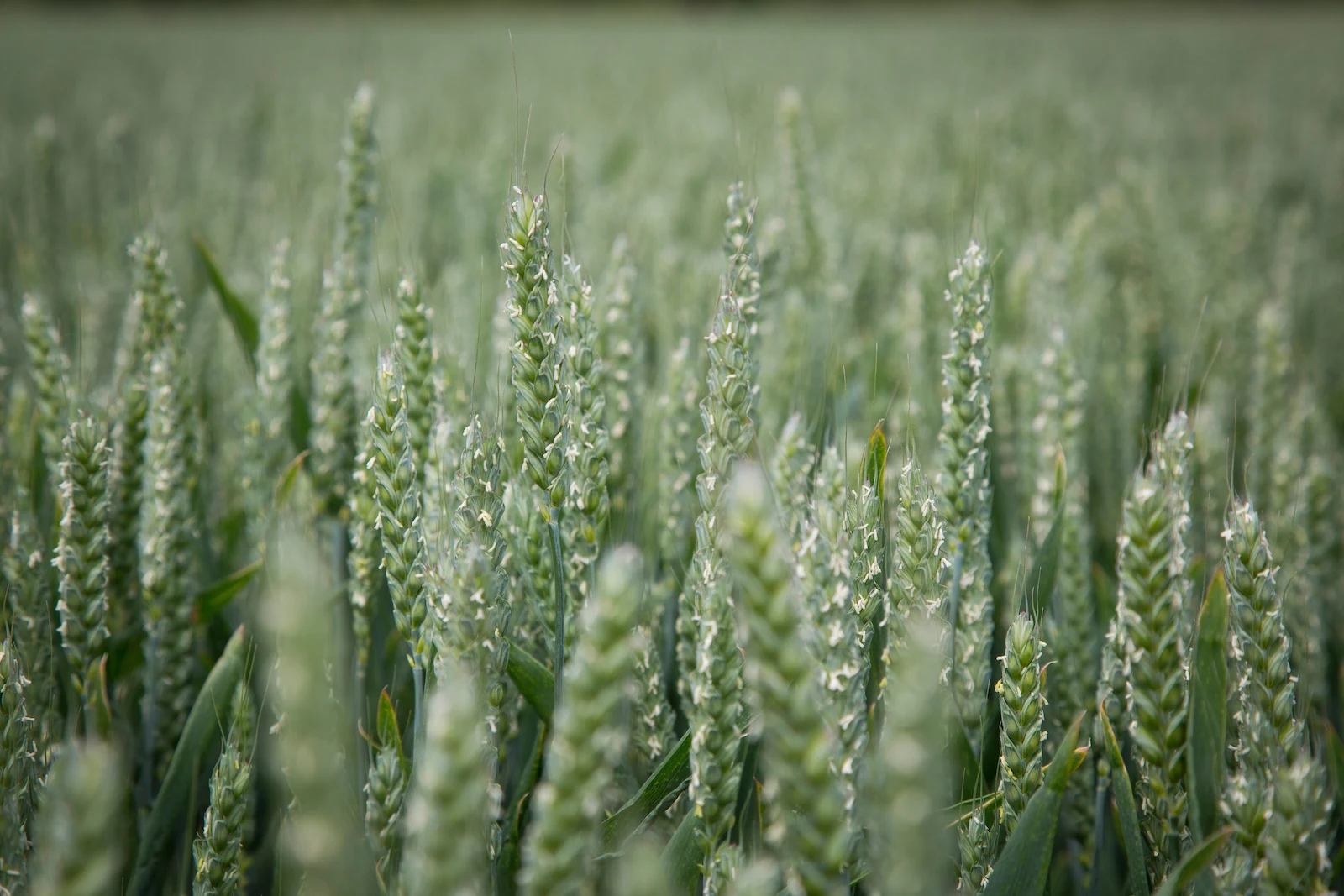David Lord is nearly a decade into a regen farming approach with cover crops and direct drilling contributing to healthier, more resilient soils. Farming in Essex, he has avoided the worst of the bad weather, but his farming system has helped mitigate some of the risks.
“We do as little cultivation as needed. On the better drained land we haven’t needed to cultivate for eight or nine years. The poorly drained land tends to need work every two or three years to resolve compaction and slumping.”
Maintaining and updating drainage is a long-term project for the farm. “The weather over the last two years has pushed some of the older systems past the tipping point.”
“We have redrained about 50% of the problem areas in the last eight years, it’s a considerable investment but worth it when you see the end result. More consistent crops with fewer grass-weeds and a wider drilling window. We also regularly mole plough which helps lift the soil in a no-till system.”
The farm operates on a six-year rotation including two first wheats, winter beans, spring oats and canary seed. Oilseed rape is only grown on lighter land, it’s too high risk on heavy soils.
“Financially, the system stacks up with a better margin across the whole rotation. We are not as invested in machinery, agchem and fertiliser, it’s a lower risk system. Previously grass-weed pressure and machinery costs were a constant concern.”
Mr Lord is confident he has black-grass under control but doesn’t take anything for granted. “We are mostly first wheats, so we can drill a little bit earlier, the lower pressure fields go in at the start of October and we ain to finish in mid-October.”
He uses a flufenacet based pre-em programme on farm, with a more robust stack on problem areas. One part of the farm has Italian ryegrass where he opts for cinmethylin and follows up with hand rogueing.
“We hand rogue ryegrass to prevent resistance, particularly to glyphosate. In a no-till system you cannot risk repeat applications to ryegrass because there is no cultivation to control weeds another way.”
“In the past, we were using two or three smaller doses of glyphosate on stale seedbeds. Now we probably use the same amount but in one application to control mixed weed populations ahead of planting.”
Spring cropping is also an important part of herbicide stewardship by breaking up the weed life cycle and reducing the total herbicide use across the farm.







